What if we told you a future NYC skyscraper could actually extend vertically from the clouds rather than the ground?
Clouds AO’s proposed Analemma Tower would be the world’s tallest building that could be suspended over any city from an asteroid.


NASA’s Parker Solar Probe has already gotten closer to the sun than any other human-made object. Yet, later this year, the star-skimming spacecraft will get even closer — all while traveling faster than its previous top speed.
The solar observatory — which, on Dec. 28, 2023, completed its 18th close flyby of the sun — will once again approach our star on Dec. 24, 2024. During this encounter, it will come within around 3.8 million miles (6.1 million kilometers) of the photosphere, which can be roughly considered the sun’s surface. (The sun is a ball of gas, so it doesn’t really have a surface.) To do so, the spacecraft will brave temperatures of around 2,550 degrees Fahrenheit (1,400 degrees Celsius).
“We are basically almost landing on a star,” Nour Raouafi, an astrophysicist at the Johns Hopkins University Applied Physics Laboratory and project scientist for the Parker Solar Probe mission, told BBC News. “This will be a monumental achievement for all humanity. This is equivalent to the Moon landing of 1969.”
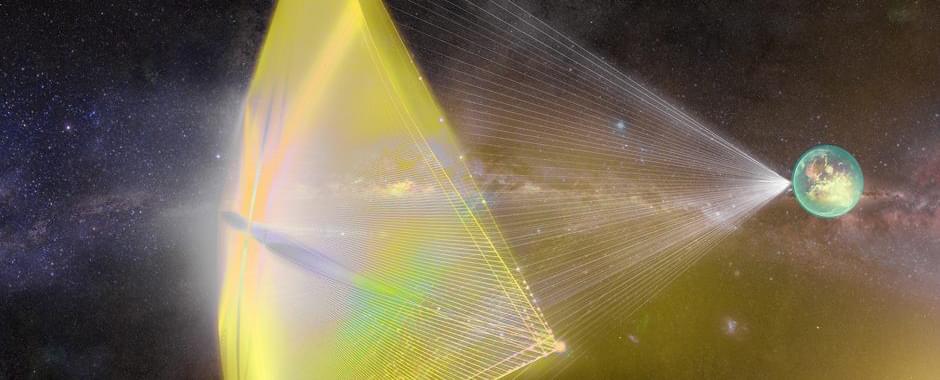
Humans have dreamed about traveling to other star systems and setting foot on alien worlds for generations. To put it mildly, interstellar exploration is a very daunting task.
As Universe Today explored in a previous post, it would take between 19,000 and 81,000 years for a spacecraft to reach Proxima Centauri using conventional propulsion (or those that are feasible using current technology). On top of that, there are numerous risks when traveling through the interstellar medium (ISM), not all of which are well-understood.
Under the circumstances, gram-scale spacecraft that rely on directed-energy propulsion (AKA lasers) appear to be the only viable option for reaching neighboring stars in this century.
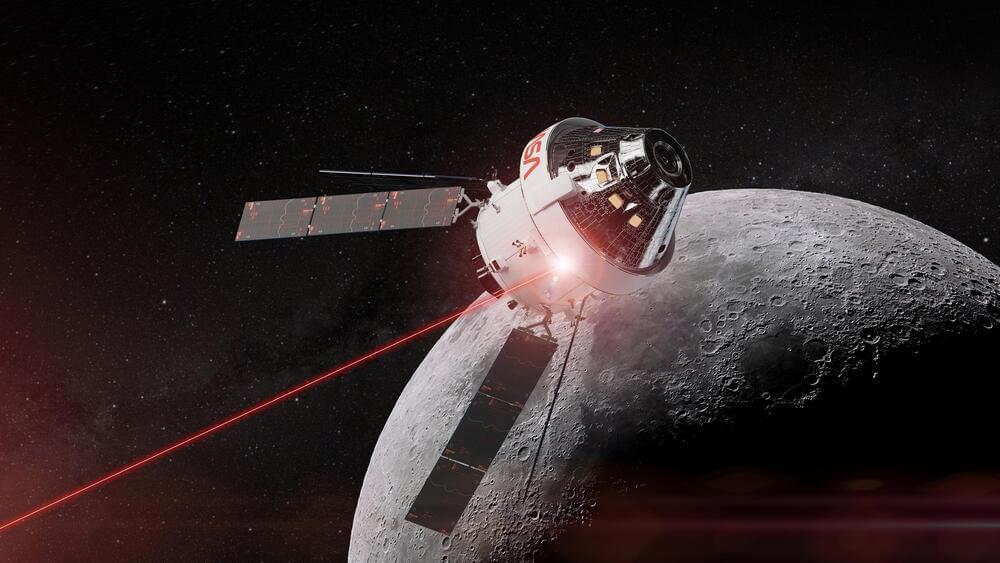
NASA is working with private industry partners and small businesses under Artemis to produce scalable, affordable, and advanced laser communications systems that could enable greater exploration and discovery beyond Earth for the benefit of all.
Laser, or optical, communications provide missions with increased data rates – meaning that missions using laser technology can send and receive more information in a single transmission compared with those using traditional radio waves. When a spacecraft uses laser communications to send information, infrared light packs the data into tighter waves so ground stations on Earth can receive more data at once. Laser communications systems can provide 10 to 100 times higher data rates than the radio systems used by space missions today.
As science instruments evolve to capture high-definition data, missions will need expedited ways to transmit information to Earth. It would take roughly nine weeks to transmit a complete map of Mars back to Earth with current radio frequency systems. With lasers, it would only take about nine days.
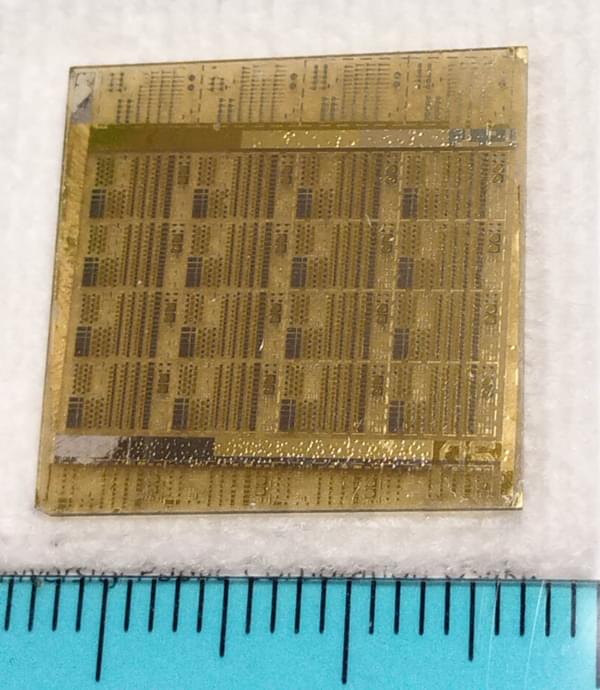
A research team at Osaka Metropolitan University has fabricated a gallium nitride (GaN) transistor using diamond, which of all natural materials has the highest thermal conductivity on earth, as a substrate, and they succeeded in increasing heat dissipation by more than 2X compared with conventional transistors. The transistor is expected to be useful not only in the fields of 5G communication base stations, weather radar, and satellite communications, but also in microwave heating and plasma processing.
Researchers at Osaka Metropolitan University are proving that diamonds are so much more than just a ‘girl’s best friend.’ Their groundbreaking research focuses on gallium nitride (GaN) transistors, which are high-power, high-frequency semiconductor devices used in mobile data and satellite communication systems.
With the increasing miniaturization of semiconductor devices, problems arise such as increases in power density and heat generation that can affect the performance, reliability, and lifetime of these devices.

HIVE begins testing in deep space.
• Los microrobots de la misión de la UNAM encendieron correctamente, informó Gustavo Medina Tanco • La misión tiene un nivel de éxito mayor al 50 por ciento y se espera que en las próximas horas-y durante la madrugada-se efectúen pruebas que puedan llevar a un 75 por ciento de éxito.
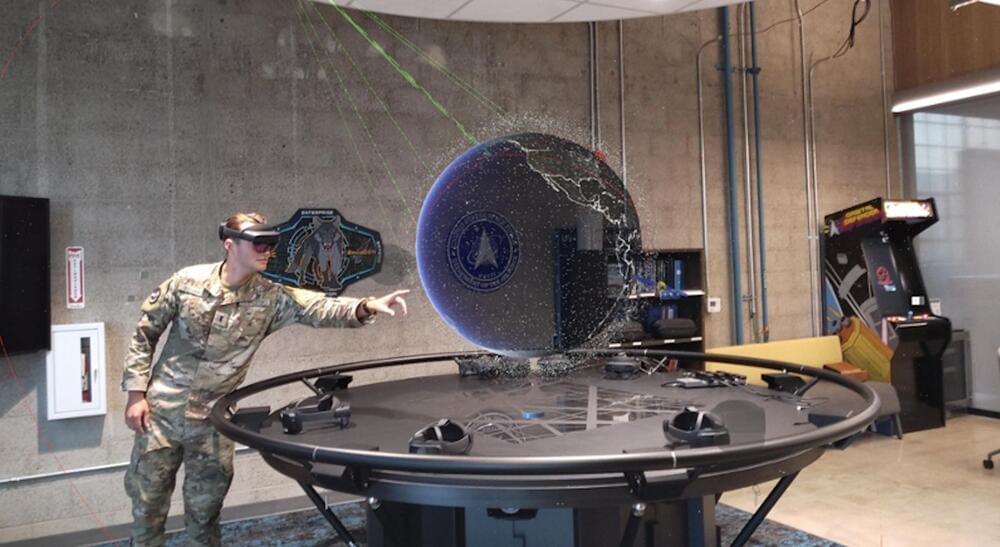
WASHINGTON — The U.S. Space Force has inked a $19.8 million deal with Microsoft to develop a virtual and mixed-reality training environment. This agreement positions the tech giant in the burgeoning military simulation market and expands its Azure cloud’s reach into space applications.
The one-year contract announced Jan. 5 is to continue work on an augmented reality space simulation tool that Microsoft started developing last year for the Space Systems Command in Los Angeles.
Dubbed the Integrated, Immersive, Intelligent Environment (I3E), the system features Microsoft’s HoloLens headsets, Azure cloud platform, and a mesh framework for building shared AR experiences. Together, these technologies enable an interactive model of space with accurately scaled orbital objects that users can manipulate in real time.
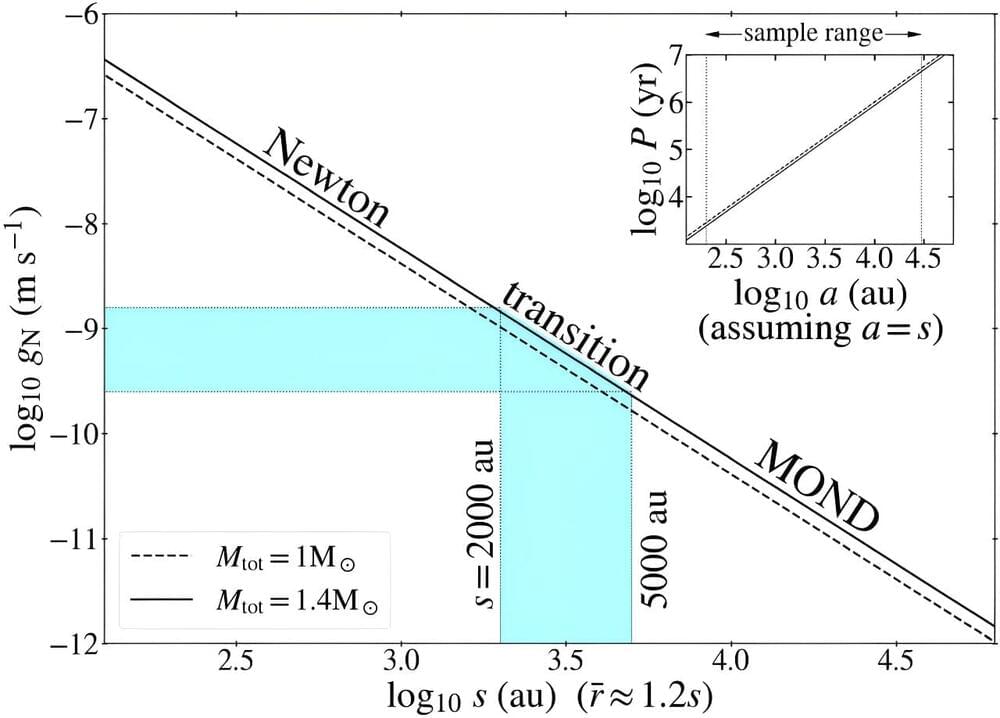
A new study published in The Astrophysical Journal reveals new evidence for standard gravity breaking down in an idiosyncratic manner at low acceleration. This new study reinforces the evidence for modified gravity that was previously reported in 2023 from an analysis of the orbital motions of gravitationally bound, widely separated (or long-period) binary stars, known as wide binaries.
The new study was carried out by Kyu-Hyun Chae, a professor of physics and astronomy at Sejong University in Seoul, South Korea, with wide binaries observed by European Space Agency’s Gaia space telescope.
Gravitational anomalies reported in 2023 by Chae’s study of wide binaries have the unique feature that orbital motions in binaries experience larger accelerations than Newtonian predictions when the mutual gravitational acceleration is weaker than about 1 nanometer per second squared and the acceleration boost factor becomes about 1.4 at accelerations lower than about 0.1 nanometer per second squared.
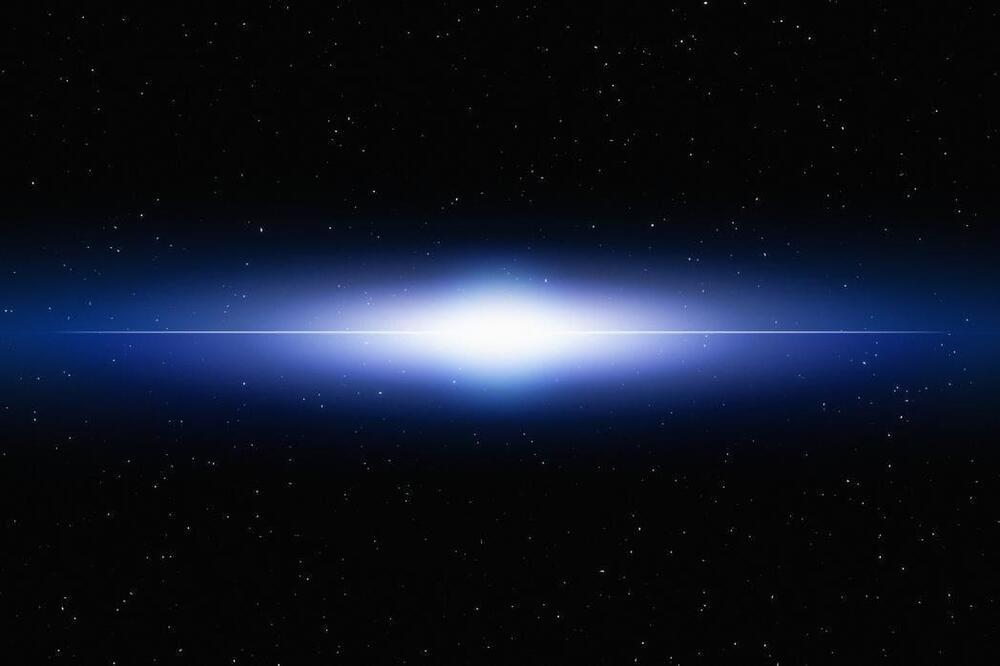
The biggest buzz in ground-based astronomy these days is the soon to be completed Rubin Observatory and its forthcoming wide field Large Synoptic Sky Survey.
When the widefield optical Rubin Observatory comes online later this year, it will not only revolutionize astronomy, but the art of science data management as well.
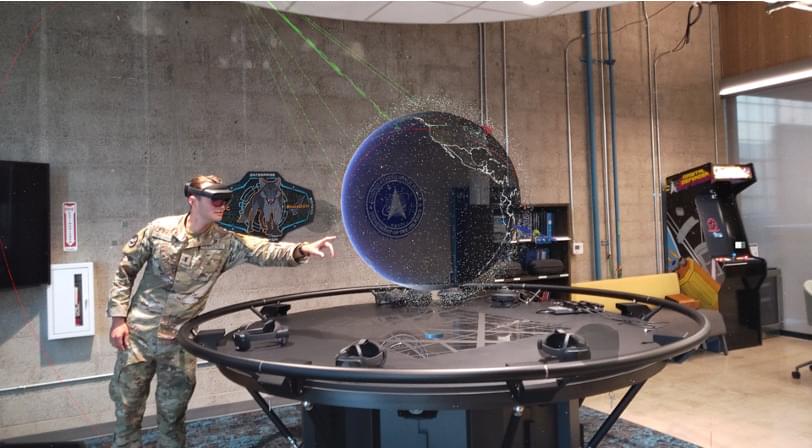
The Space Force announced Friday that it has given Microsoft a contract to continue work on a simulated environment where guardians can train, test new capabilities and interact with digital copies of objects in orbit.
Under the $19.8 million, one-year contract from Space Systems Command (SSC), Microsoft will develop the Integrated, Immersive, Intelligent Environment (I3E) — an augmented reality space simulation powered by the company’s HoloLens headsets. The training tool is a successor to the service’s Immersive Digital Facility (IDF) prototype developed in 2023, according to a press release.
The contract period began Dec. 1, and the deal includes a reserved scope for an additional three years of work, per the release.